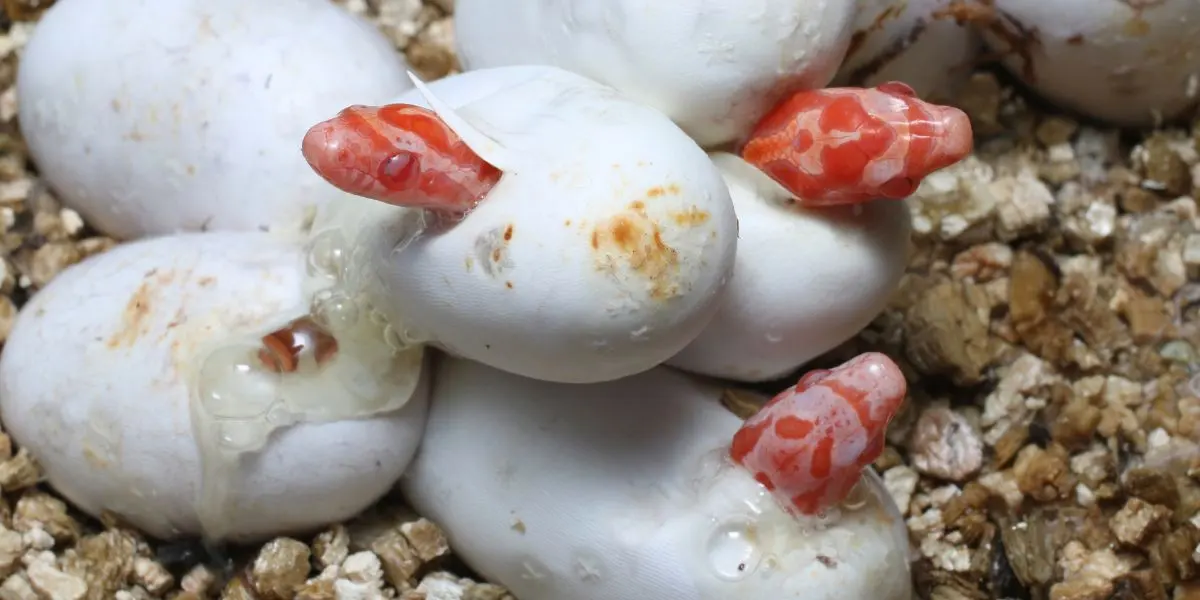When it comes to classifying animals, there are often debates and misconceptions. One such debate revolves around alligators and their classification as either reptiles or amphibians. Alligators are fascinating creatures that have captured the imagination of humans for centuries.
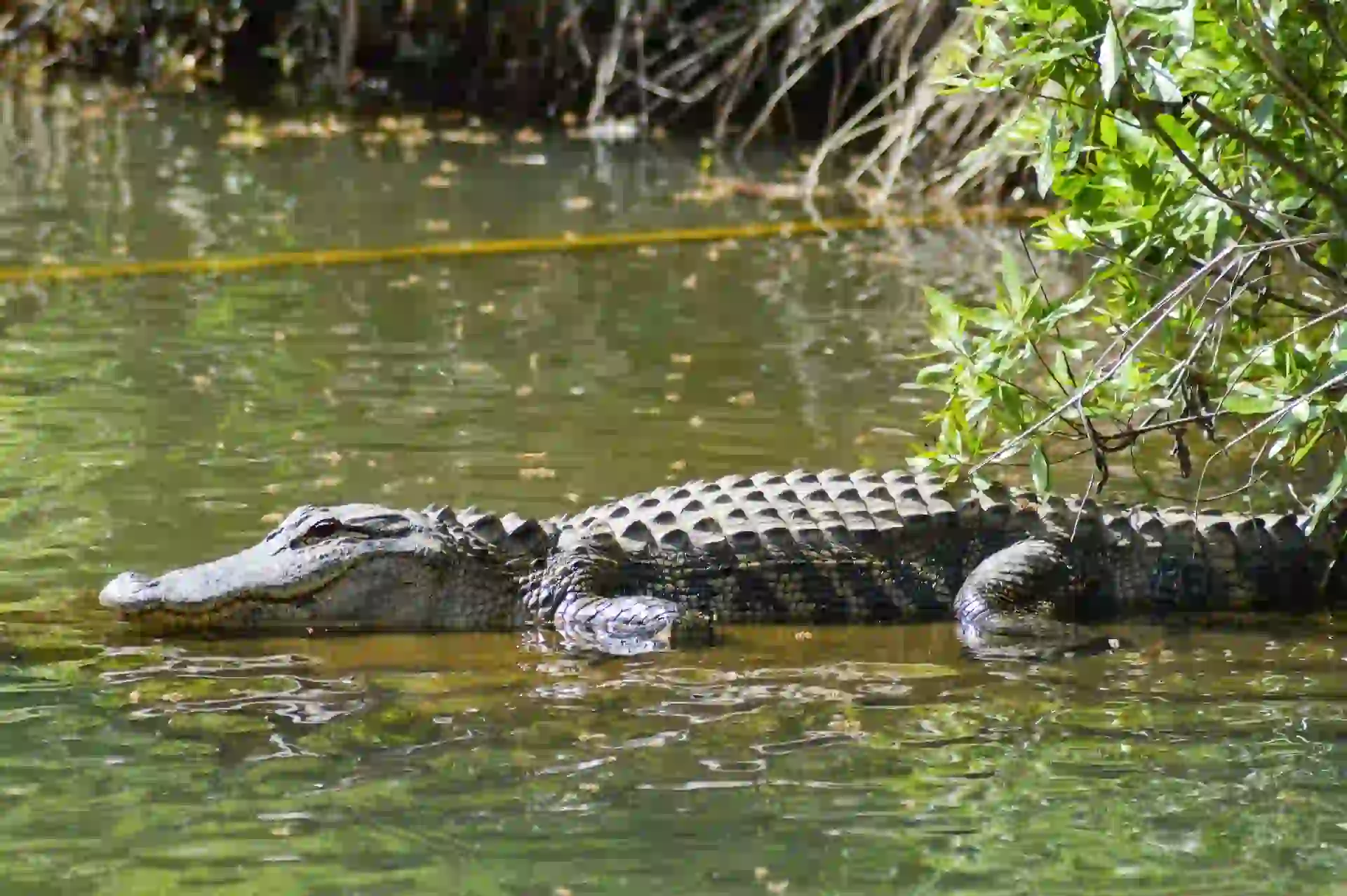
To truly understand their classification, we must delve into the characteristics of reptiles and amphibians. In this article, we will explore the key characteristics of both reptiles and amphibians and examine why alligators are, in fact, reptiles.
Background Information on Alligators
Alligators are large, semi-aquatic reptiles that belong to the Alligatoridae family. They are native to the southeastern United States and are known for their powerful jaws, armored bodies, and ability to thrive in both freshwater and brackish environments. Alligators are apex predators, playing a crucial role in their ecosystems.
Alligators are Reptiles, not Amphibians
Before we delve into the characteristics of reptiles and amphibians, it is important to establish our thesis statement: alligators are reptiles, not amphibians. While this may seem like a straightforward statement, there are common misconceptions that blur the line between these two classifications. By examining the defining characteristics of reptiles and amphibians, we can better understand why alligators fall into the reptile category.
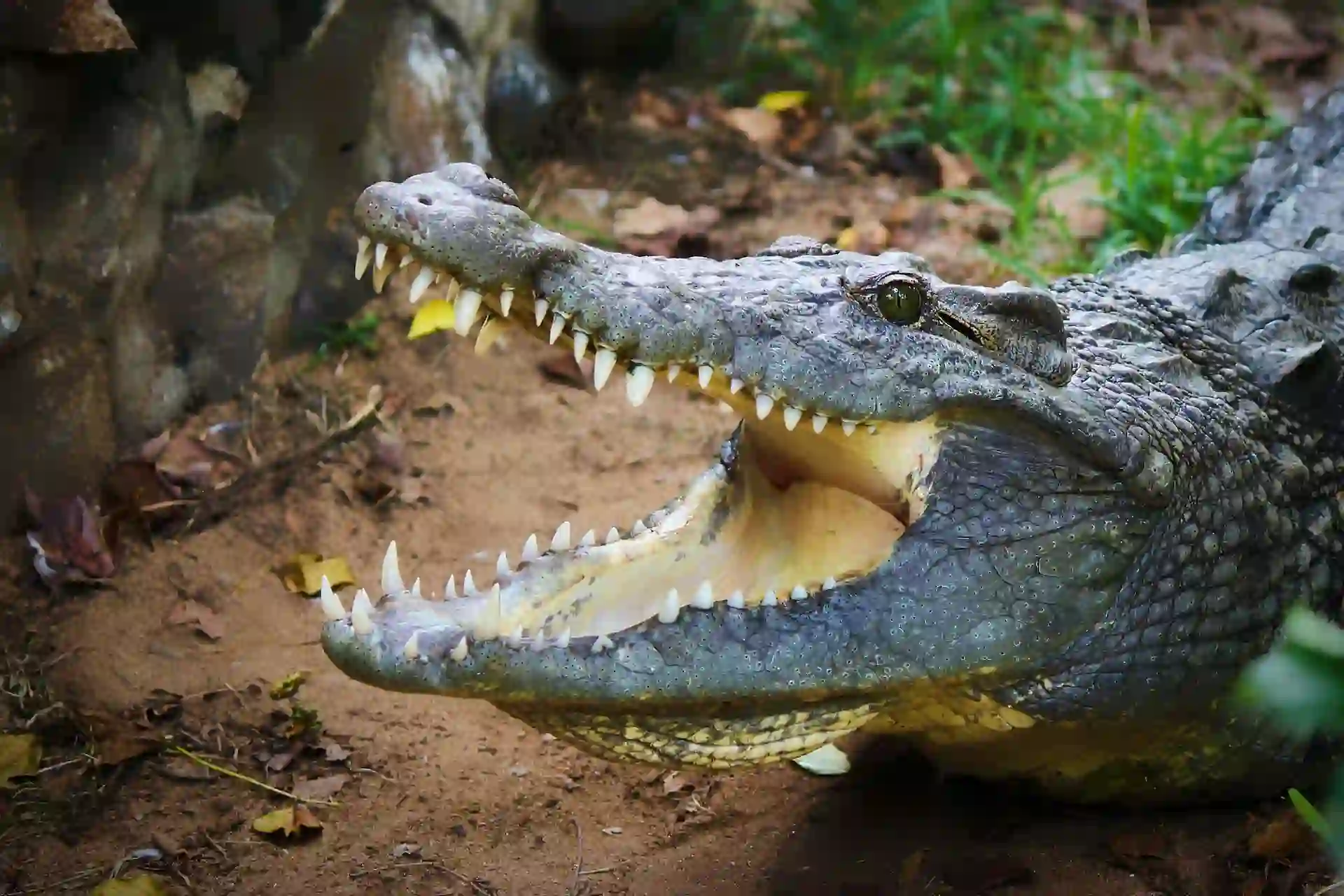
Characteristics of Reptiles
Reptiles are a diverse group of animals that share several key characteristics. These characteristics set them apart from other animal classifications, such as amphibians. Understanding these defining features will help us determine whether alligators belong to the reptile or amphibian category.
Definition of Reptiles
Reptiles are cold-blooded vertebrates that belong to the class Reptilia. They are characterized by their scaly skin, internal fertilization, and ability to lay amniotic eggs on land. Reptiles have been around for millions of years and have adapted to various habitats across the globe.
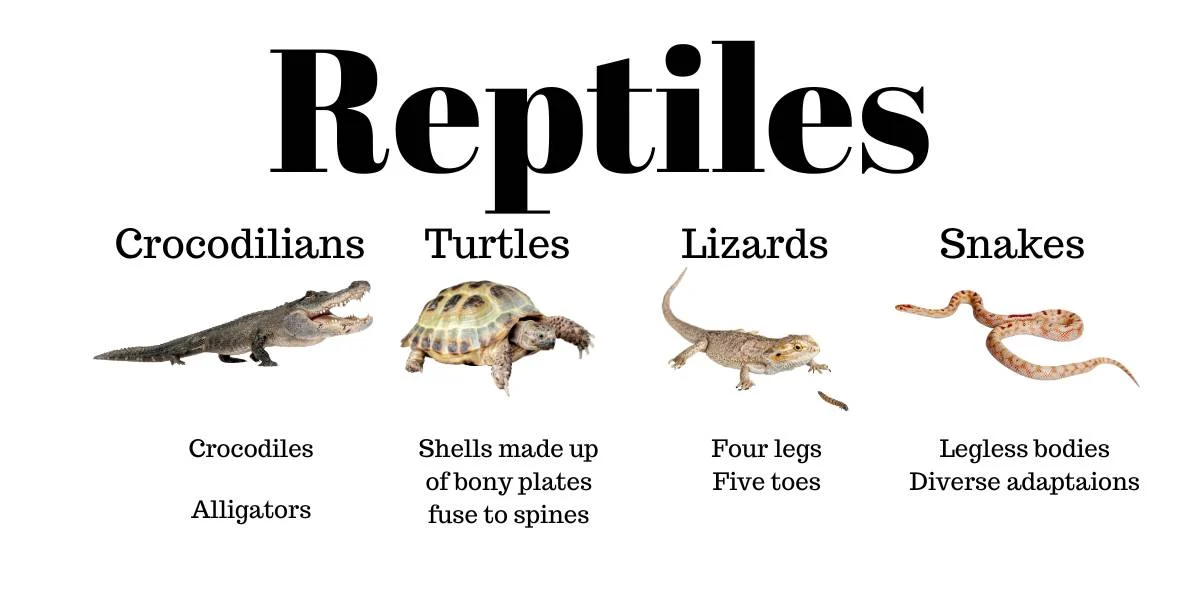
Key Characteristics of Reptiles
Cold-bloodedness
Reptiles are ectothermic, meaning they rely on external sources of heat to regulate their body temperature. Unlike warm-blooded mammals, reptiles cannot generate their own body heat. Instead, they bask in the sun or seek shade to maintain their preferred body temperature.
Scales and Dry Skin
One of the most distinctive features of reptiles is their scaly skin. These scales provide protection and help prevent water loss. Unlike the moist skin of amphibians, reptiles have dry, keratinized scales that aid in reducing water loss and protecting them from the environment.
Laying Eggs on Land
Reptiles reproduce by laying amniotic eggs on land. These eggs have a protective shell and are filled with amniotic fluid, which provides a stable environment for the developing embryo. This adaptation allows reptiles to colonize a wide range of habitats, including deserts and grasslands.
Breathing Through Lungs
Unlike amphibians, which can breathe through their skin and gills, reptiles rely solely on lungs for respiration. Their lungs are more efficient at extracting oxygen from the air, allowing reptiles to thrive in environments with lower oxygen levels.
Characteristics of reptiles:
| Characteristic | Description |
|---|---|
| Classification | Reptiles are a class of cold-blooded vertebrates in the animal kingdom. |
| Body Temperature | Reptiles are ectothermic, meaning their body temperature is regulated by external heat sources. |
| Skin | Reptiles have dry, scaly skin composed of keratin, which helps reduce water loss and protects against the environment. |
| Reproduction | Reptiles reproduce by laying amniotic eggs on land. They have internal fertilization. |
| Respiration | Reptiles breathe exclusively through lungs, extracting oxygen from the air. |
| Habitat | Reptiles have adapted to various habitats worldwide, including deserts, forests, grasslands, and aquatic environments. |
| Examples | Examples of reptiles include snakes, turtles, crocodiles, lizards, and alligators. |
Characteristics of Amphibians
To fully understand the classification of alligators, we must also examine the characteristics of amphibians. While there are some similarities between reptiles and amphibians, there are distinct features that set them apart. Let’s explore the defining characteristics of amphibians.
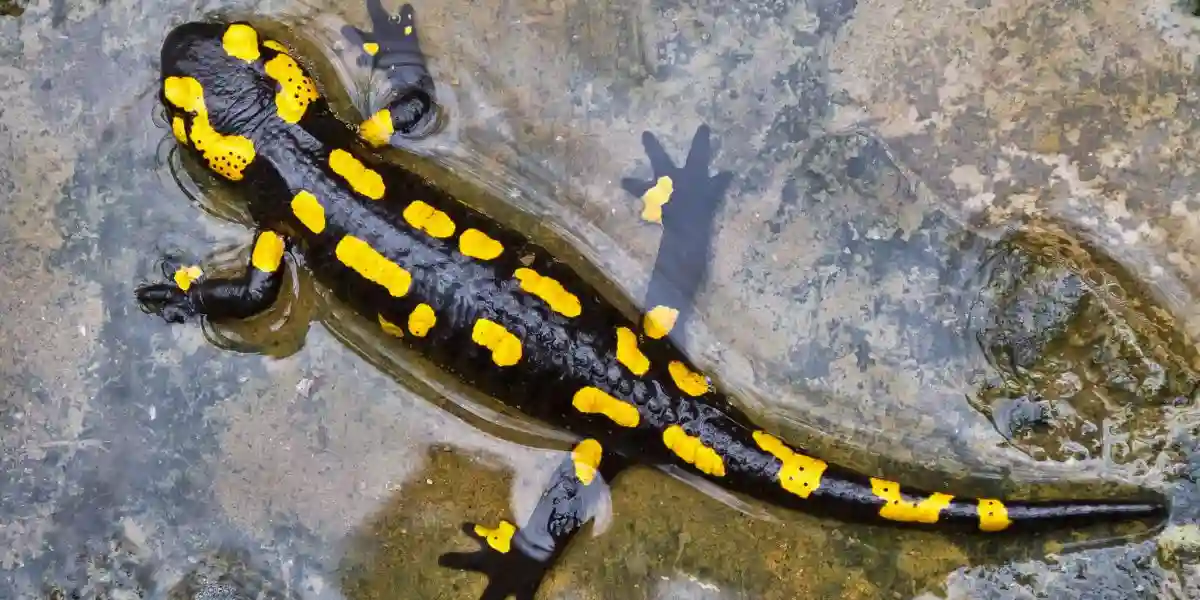
Definition of Amphibians
Amphibians are a diverse group of cold-blooded vertebrates that belong to the class Amphibia. They are known for their ability to live both in water and on land, undergoing a metamorphosis from aquatic larvae to terrestrial adults. Amphibians include frogs, toads, salamanders, and newts.
Key Characteristics of Amphibians
Cold-bloodedness
Similar to reptiles, amphibians are ectothermic, meaning their body temperature is regulated by external sources of heat. They rely on their environment to maintain their body temperature, often basking in the sun or seeking shade.
Moist Skin
Unlike the dry, scaly skin of reptiles, amphibians have moist, permeable skin. This allows them to breathe through their skin and absorb moisture, making them highly dependent on water or humid environments.
Laying Eggs in Water
Amphibians reproduce by laying eggs in water. These eggs lack a protective shell and are usually laid in clusters or gelatinous masses. The aquatic environment provides a suitable habitat for the development of the eggs and the subsequent larvae.
Breathing Through Gills and Lungs
Amphibians have a unique respiratory system that allows them to breathe both in water and on land. During their larval stage, amphibians typically have gills for respiration. As they undergo metamorphosis and transition to their adult form, they develop lungs for breathing air.
Characteristics of amphibians:
| Characteristic | Description |
|---|---|
| Classification | Amphibians are a class of cold-blooded vertebrates in the animal kingdom. |
| Body Temperature | Amphibians are ectothermic, meaning their body temperature is regulated by external heat sources. |
| Skin | Amphibians have moist, permeable skin that allows for respiration and water absorption. |
| Reproduction | Amphibians typically undergo metamorphosis, starting as aquatic larvae and transforming into terrestrial adults. |
| Respiration | Amphibians have the ability to respire through both their skin (cutaneous respiration) and lungs. |
| Habitat | Amphibians have adapted to various aquatic and terrestrial habitats, such as ponds, streams, and forests. |
| Examples | Examples of amphibians include frogs, toads, salamanders, and newts. |
Alligator’s Classification as a Reptile
Now that we have a clear understanding of the characteristics of both reptiles and amphibians, let’s examine why alligators are classified as reptiles. By closely examining the specific characteristics of alligators, we can compare them to the defining features of reptiles and determine their proper classification.
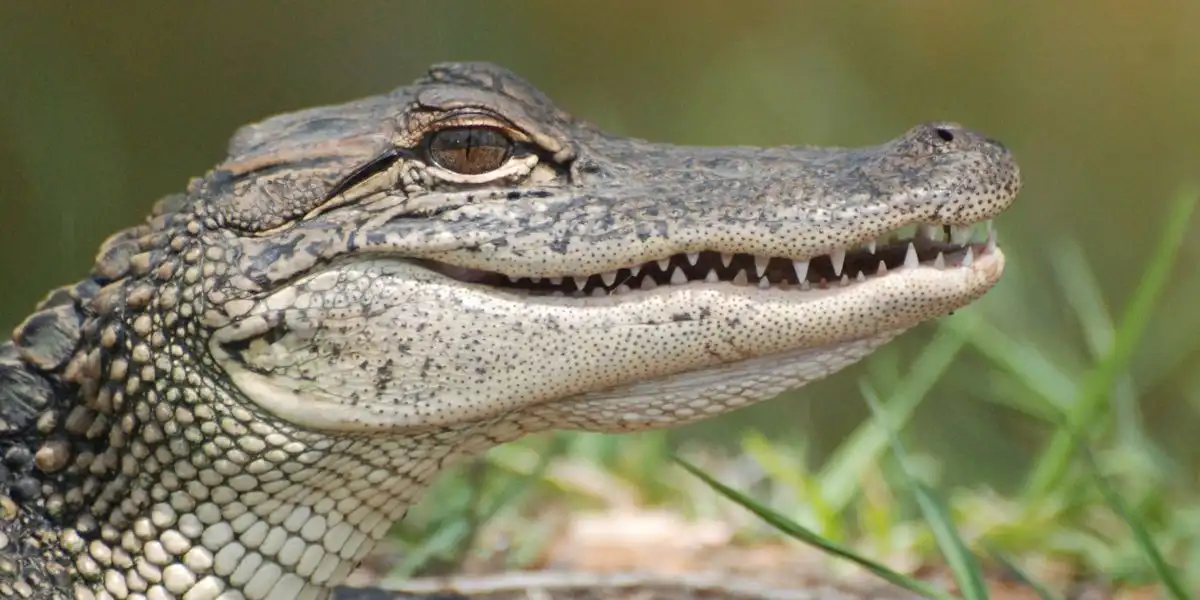
Examination of Alligator’s Characteristics
Cold-bloodedness
Alligators, like all reptiles, are ectothermic, meaning they rely on external sources of heat to regulate their body temperature. They bask in the sun to warm up and seek shade or water to cool down. This characteristic aligns with the cold-blooded nature of reptiles.
Scales and Dry Skin
Alligators possess scaly skin, which is a characteristic feature of reptiles. These scales provide protection and help reduce water loss, making them well-suited for their semi-aquatic lifestyle. Unlike the moist skin of amphibians, alligators have dry, keratinized scales.
Laying Eggs on Land
Alligators reproduce by laying eggs on land. The female alligator constructs a nest made of vegetation and soil, where she lays her eggs. This adaptation of laying amniotic eggs on land is a key characteristic of reptiles, distinguishing them from amphibians that lay eggs in water.
Breathing Through Lungs
Alligators, like other reptiles, rely solely on lungs for respiration. They have well-developed lungs that allow them to breathe air efficiently. This respiratory adaptation aligns with the lung-breathing characteristic of reptiles.
Characteristics of alligators:
| Characteristic | Description |
|---|---|
| Classification | Alligators are large, semi-aquatic reptiles that belong to the Alligatoridae family. |
| Body Temperature | Alligators are ectothermic, meaning their body temperature is regulated by external heat sources. |
| Skin | Alligators have dry, scaly skin that provides protection and reduces water loss. |
| Habitat | Alligators are native to the southeastern United States and are found in freshwater and brackish environments. |
| Reproduction | Alligators reproduce by laying amniotic eggs on land. |
| Respiration | Alligators rely solely on lungs for respiration, breathing air through their lungs. |
| Examples | Examples of alligators include the American alligator and the Chinese alligator. |
Comparison with Reptile Characteristics
By examining the specific characteristics of alligators, we can clearly see that they align with the defining features of reptiles. Alligators are cold-blooded, possess dry and scaly skin, lay eggs on land, and breathe solely through lungs. These characteristics are consistent with the classification of alligators as reptiles.
While alligators may share some similarities with amphibians, such as their semi-aquatic lifestyle, it is important to note that these similarities do not override the reptilian features that clearly classify them as reptiles.
Common Misconceptions about Alligators as Amphibians
Despite the clear classification of alligators as reptiles, there are common misconceptions that blur the line between reptiles and amphibians. Let’s explore the reasons for these misconceptions and debunk them by highlighting the distinct reptilian features of alligators.
Reasons for Confusion
Similarities with Some Amphibian Characteristics
Alligators share certain characteristics with amphibians, such as their semi-aquatic lifestyle and ability to thrive in both water and land environments. This similarity can lead to confusion, as people may assume that alligators are amphibians due to their habitat preferences.
Misinterpretation of Alligator Habitats
Alligators are often found in wetland habitats, such as swamps, marshes, and rivers. These habitats are also home to various amphibian species. The coexistence of alligators and amphibians in these environments can contribute to the misconception that alligators are amphibians themselves.
Debunking Misconceptions
Clarifying Differences between Reptiles and Amphibians
While alligators may share certain habitat preferences with amphibians, it is important to remember that habitat alone does not determine an animal’s classification. Alligators possess distinct reptilian characteristics, such as dry and scaly skin, laying eggs on land, and breathing solely through lungs, which clearly classify them as reptiles.
Highlighting Alligator’s Reptilian Features
By examining the specific characteristics of alligators, we can clearly see their alignment with reptilian traits. Alligators have dry, scaly skin, lay eggs on land, and rely solely on lungs for respiration. These features are consistent with the classification of alligators as reptiles, further debunking the misconception that they are amphibians.
It is crucial to understand and appreciate the importance of accurate classification in the scientific world. By clarifying the classification of alligators as reptiles, we can better understand their unique characteristics and their role in their ecosystems.
Frequently Asked Questions
Yes, alligators are considered reptiles. Reptiles are a diverse group of cold-blooded vertebrates that have scales or scaly skin, breathe air through lungs, lay amniotic eggs, and exhibit various adaptations for living on land. Alligators possess all of these characteristics, making them reptiles.
The difference between a crocodile and an alligator lies in several physical and behavioral aspects. One significant distinction is their snout shape. Crocodiles have a V-shaped snout, while alligators have a U-shaped snout. This difference in snout shape is related to their diet and habitat preferences. Crocodiles are typically found in saltwater or brackish habitats, whereas alligators are more commonly found in freshwater environments. Another distinction is their behavior towards humans. Crocodiles tend to be more aggressive and less tolerant of human presence compared to alligators. However, it’s important to note that these differences can vary among species and individuals within the crocodile and alligator families.
A crocodile is classified as a reptile and not an amphibian due to specific features and characteristics unique to reptiles. Reptiles, including crocodiles, have dry, scaly skin that helps prevent water loss, whereas amphibians typically have moist, permeable skin. Crocodiles breathe air using lungs and do not rely on gills for respiration, which is a characteristic of reptiles. Additionally, crocodiles lay eggs with tough, leathery shells, another distinguishing reptilian trait. These features clearly categorize crocodiles as reptiles rather than amphibians.
No, alligators cannot breathe underwater. Like all reptiles, alligators are air-breathing animals that have lungs to extract oxygen from the air. While they are well-adapted to aquatic environments and can hold their breath for extended periods, they still need to come to the surface to breathe. Alligators have a valve in their throat that allows them to close their windpipe while underwater, but they must regularly resurface to breathe fresh air.
The difference between reptiles and amphibians lies in several key characteristics. Reptiles are a group of cold-blooded vertebrates that have dry, scaly skin, breathe air through lungs, lay amniotic eggs with shells, and exhibit adaptations for living on land. They rely on external sources of heat to regulate their body temperature. Amphibians, on the other hand, typically have moist, permeable skin, undergo metamorphosis from an aquatic larval stage to a terrestrial adult stage, and have a dual respiratory system using both lungs and skin. They are ectothermic, meaning their body temperature varies with their environment. These distinctions in skin type, reproductive strategy, and thermoregulation differentiate reptiles from amphibians.
Conclusion
In conclusion, alligators are reptiles, not amphibians. By examining the characteristics of reptiles and amphibians, we can clearly see the distinct features that classify alligators as reptiles. Alligators possess dry, scaly skin, lay eggs on land, and rely solely on lungs for respiration, aligning them with the defining traits of reptiles.
While there may be common misconceptions about alligators as amphibians, such as their semi-aquatic lifestyle and shared habitats with amphibians, it is important to differentiate between these two classifications based on their unique characteristics.
Accurate classification is crucial in the scientific world as it helps us understand the diversity of species and their roles in ecosystems. By recognizing alligators as reptiles, we can appreciate their fascinating adaptations and their significance in their native habitats.
In summary, alligators are reptiles due to their cold-blooded nature, scaly skin, ability to lay eggs on land, and reliance on lungs for respiration. It is important to dispel misconceptions and understand the importance of accurate classification in order to gain a deeper understanding of the natural world.
For more information on reptiles and amphibians, check out our guide to herpetology, which provides a comprehensive overview of these fascinating creatures. Additionally, if you’re interested in learning about specific reptiles or amphibians, we have articles on lizards and amphibian pets that can help you explore further.
Remember, alligators may be captivating creatures, but they are undoubtedly reptiles, not amphibians.



